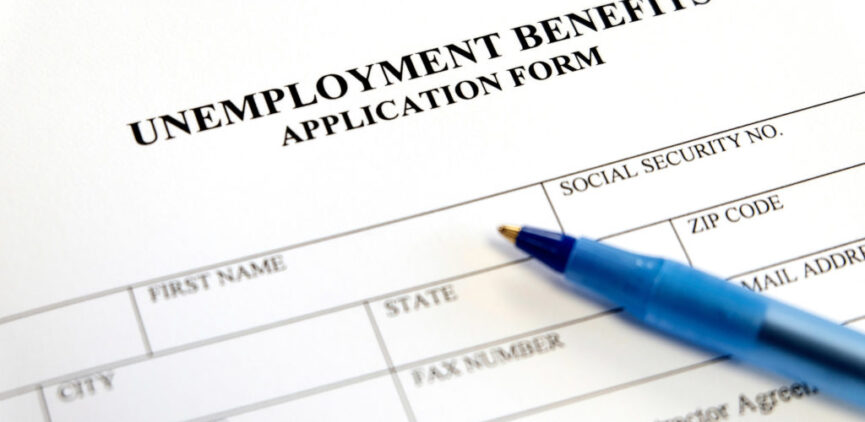Want to See Your FICO Score for Free? Here’s How to Do It

Popular websites such as Credit Karma and Credit Sesame offer free credit scores, but the scores provided are usually VantageScores, not FICO credit scores.
Knowing your VantageScore is still valuable information, but it is not directly tied to your FICO Score, so it is less useful when it comes to preparing to apply for credit. While it is often true that a consumer’s FICO score is similar to their VantageScore, in some cases, they may be vastly different, especially depending on which credit scoring models are used and which credit bureaus are providing the credit report information.
If you need to check your FICO score, where can you do so without paying a fee to access it?
Here are some of the best places to get your FICO score for free.
Your Credit Card Issuer
Several major credit card issuers now offer consumers the ability to check their FICO scores for free.
Discover Bank
Discover offers a free way to check your FICO score with their Credit Scorecard program. Even consumers who do not have a relationship with Discover Bank can freely use this feature.
Experian provides the credit report data that is used to calculate your FICO score. Your credit score updates once every 30 days and Discover notifies you when it is time to check your new FICO score.
In addition, Discover’s FICO Credit Scorecard keeps track of your credit score history so you can see how it changes from month to month.
The Credit Scorecard also provides a summary of what is going on with each of the five credit score factors that are influencing your FICO score: your payment history, credit utilization, length of credit history, mix of credit, and new credit (e.g. inquiries). You can find educational information about credit scores on the website as well.
To access your FICO score with Discover’s FICO Credit Scorecard, either visit their website or use the bank’s mobile app.
Bank of America
Bank of America is another widely used bank that offers free FICO scores to consumers. However, to enroll in this program, you must be a Bank of America credit card customer.
Much like Discover’s offering that we described above, Bank of America’s FICO Score Program provides customers not only with their FICO scores but also information on the major factors that influence your credit score, your month-to-month credit score history, and education about how to achieve and maintain good credit.
On top of this, Bank of America also compares your credit score to the national average.
Bank of America customers can view their FICO score for free on the company’s website or mobile app.
Citibank
Consumers who have Citibank branded credit cards can obtain their FICO score for free from Citi.
Citi states on their website, “We think it’s important to provide our cardmembers with free access to information that will help them understand and stay on top of their credit status. That’s why we’re providing you with your FICO® Score and information to help you understand it.”
Your FICO score from Citibank is determined using information from your Equifax credit report and the FICO Bankcard Score 8 credit scoring model. Unlike the standard version of FICO 8 that you may be used to seeing, which ranges from 300 to 850, the bank card model used by Citi ranges from 250 to 900. It is updated once a month.
You can find more information on Citi’s free FICO score program on their website.
American Express
Recently, American Express started providing access to free FICO scores to consumers who have American Express credit cards.
The bank uses the standard version of FICO 8, so the credit score range spans from 300 to 850. Experian provides the credit report data used to calculate your score.
As with the other free FICO score programs, you also get to see how your FICO score changes over time and you receive a summary of the factors affecting your credit score.
American Express credit cardholders can see their FICO scores in their online account or on their monthly statement.
Those who do not have credit cards with American Express can get their TransUnion VantageScore for free through the company’s MyCredit Guide program, but this does not include FICO scores.
Barclays
FICO scores from TransUnion are available to all Barclays credit card customers through the bank’s online banking system.
Once you have had your Barclays card for three months, you can see a chart of your FICO score history over the time you have had an account open with Barclays, according to SmartAsset.
Plus, Barclays will send you alerts via email if your credit score changes, including an explanation of why your score has changed.
Wells Fargo
Wells Fargo account holders who use their online banking platform can view their FICO credit score within their online account.
Additional features include your credit score history, information on your credit score factors, and personalized credit tips from Wells Fargo.
According to the bank, they offer your FICO score for free in order to “support your awareness and understanding of FICO® Credit Scores and how they may influence the credit that’s available to you.”
The FICO score you get through Wells Fargo is calculated using Experian credit report data and is updated once a month.
Experian
Experian is the only major credit bureau that offers consumers their FICO 8 scores for free along with their Experian credit reports.
In addition, Experian offers an alternative credit data program called Experian Boost, which can add positive payment history from certain bills to your credit report, such as utilities and Netflix.
Sign up on Experian’s website to start using these free services.
Your Local Bank or Credit Union
Not all banks and credit unions offer customers the ability to check their FICO scores for free, but it is worth asking if you do not have access to the previous options. If your local bank or credit union does not offer free FICO scores, they may be able to help direct you toward somewhere that does.
Will Checking Your FICO Score Hurt Your Credit Score?
Although this is a common concern, checking your own credit score should never hurt your credit.
This credit myth likely arises from the fact that hard inquiries on your credit report can have a small negative effect on your score.
However, hard credit inquiries only happen when you are actively seeking credit and a lender has to pull your credit report to decide whether or not to loan you money.
All other credit checks, including those you conduct yourself for educational purposes, are considered to be soft inquiries, which do not affect your score at all.
Final Thoughts on How to Get Your FICO Score for Free
If you want to be able to see your FICO score for free, there are many options available to you, especially if you have credit card accounts with major banks such as those listed above.
FICO also has a program called FICO Score Open Access that aims to enhance consumer access to FICO scores and educate consumers about the topic. FICO has a list of additional lenders and credit and financial counseling organizations that participate in this program, which you can browse in case you do not have any accounts with the banks mentioned here.
Keep in mind that lenders use many different versions of FICO scores, including older generations and versions that are specific to certain industries. That means that when you check your FICO score for free, it is not guaranteed to be the same exact FICO score that a lender will use when you apply for credit.
When you check your FICO score using one or more of the methods in this article, take note of which credit bureau is supplying the information as well as which FICO score version is being used to calculate the result so that there is no confusion if you see a different FICO score somewhere else.
Finally, remember that you can also get your VantageScore for free in many places as well. While it’s not the same as your FICO score, it can still provide educational value as it uses the same general principles to calculate your score.
Let us know if this article helped you find a way to get your FICO score for free by commenting below!
Read more: tradelinesupply.com

